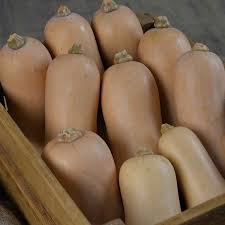
Many people especially the youth would want to venture into poultry farming but have no idea how to start small not knowing that rearing chicken is not difficult to start as one does not need to start with many birds at once.
“Most youths leave their homelands in rural areas in search of employment in towns and cities only to be disappointed by lack of jobs. Chicken farming can be your salvation from poverty,” said Okuta Ngura, a poultry farmer from Kisumu.
According to the preliminary population census results released on Monday by the Kenya National Bureau of Statistics, Nairobi City leads in the high number of people at 4,397,073 followed by Kiambu and Nakuru at 2,417,735 and 2,162,202 respectively with the majority being young people.
However, Okuta says that embracing simple agricultural investment practices, a farmer can be successful in a chicken project and multiply their flock and grow their businesses.
RELATED ARTICLE: KALRO unveils super-yield indigenous chicken
How do you go about it? You can start with 10 hens and 2 cocks. You need to program these hens to hatch chicks at the same time.
* Provide each hen with its nest. Use a plastic basin with grass, wood shavings or old clothes.
*Place one unfertilized egg in each basin or even boiled egg. This is to trick them so that they can start being broody. Be sure to dust the nest with an insecticide powder to keep out parasites.
*Mark the eggs placed there with a pencil. Be sure to remove eggs that are laid but leave the marked eggs in the nest. The collected eggs should be stored in a cool, dry place, not in the kitchen or cupboard. Be sure to write the date of laying on the eggs with a pencil.
*Normally one bird will start sitting on the marked egg (boiled egg/unfertilized egg) overnight. Leave it for 10 days while it's waiting for others to start incubating or sitting on eggs.
*After 10 days give all hens that would have started sitting on eggs 12 eggs each to incubate. The eggs must have been laid recently.
*Leave the hens which may not have started incubating alone. You can eat the old eggs or sell them. When choosing the eggs for incubation make sure they are not too small, too big, cracked, dirty, too pointed, round or old eggs that are more than 10 days old.
*When done this way the birds will all hatch at the same time after 21 days or 22 days latest. Farmers with incubators can also use them to hatch the eggs instead of using hens.
RELATED ARTICLE: Proper indigenous chicken management increases production
Now let's do some calculations (economics of production): In this case, 80 per cent of hens can be programmed to lay at the same time. If we have 10 hens then 8 hens can come into brooding at the same time. If each of the 8 hens is given 12 eggs each then that is 96 eggs. Hatchability can be between 80 to 90 per cent. If the 90 per cent of the eggs hatch then we get 77-day old chicks.
In a year one bird can hatch 3 or 4 times under normal circumstances (if it has to raise the chicks) or 7 times in a year if you take away the chicks after hatching.
RELATED ARTICLE: Kakamega farmer: I make Sh90,000 per week from my indigenous chicken
Therefore with 10 hens and four hatchings in a year a farmer can get 308 chicks in a year (if mother hen raises chicks) or 539 chicks per year if mother hen doesn't raise the chicks.
“This may act as a stepping stone in the venture for a farmer who does not have the financial might to begin a big poultry enterprise at once.”
Write comment (4 Comments)
















